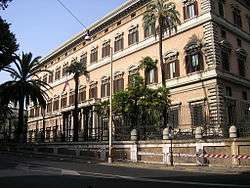List of diplomatic missions of the United States




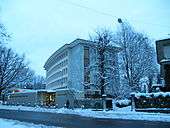


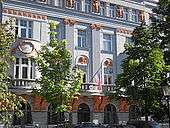
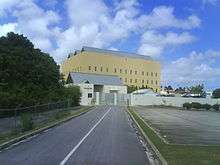








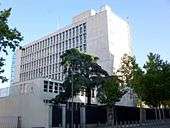



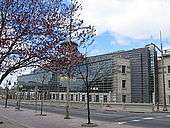

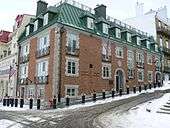
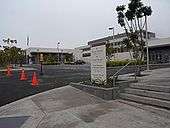

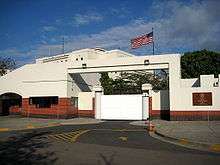

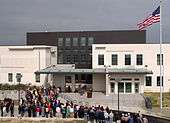



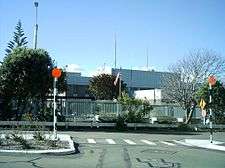
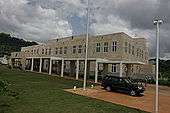
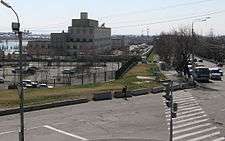
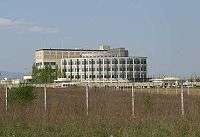
This is a list of diplomatic missions of the United States of America.
History
It is said that Morocco, in December 1777, became the first nation to seek diplomatic relations with the United States and together they maintain the United States' longest unbroken treaty. However the claim also goes to the Netherlands, as they were the first to recognize the United States as an independent government.[1]
Benjamin Franklin established the first overseas mission of the United States in Paris in 1779. On April 19, 1782, John Adams was received by the States-General and the Dutch Republic as they were the first country together with Morocco and France, to recognize the United States as an independent government. Adams then became the first U.S. ambassador to the Netherlands[2][3][4][5] and the house that he had purchased at Fluwelen Burgwal 18 in The Hague, became the first American embassy anywhere in the world.[6]
In the period following the American Revolution, George Washington sent a number of close advisers to the courts of European potentates in order to garner recognition of U.S. independence with mixed results, including Thomas Jefferson, John Adams, Francis Dana, and John Jay.[7] Much of the first fifty years of the Department of State concerned negotiating with imperial European powers over the territorial integrity of the borders of the United States as known today.
The first overseas consulate of the fledgling United States was founded in 1790 at Liverpool, England, by James Maury Jr., who was appointed by Washington. Maury held the post from 1790 to 1829. Liverpool was at the time Britain's leading port for transatlantic commerce and therefore of great economic importance to the United States. The first overseas property owned, and the longest continuously owned, by the United States is the American Legation in Tangier, which was a gift of the Sultan of Morocco in 1821. In general during the nineteenth century, the United States' diplomatic activities were done on a minimal budget. The U.S. owned no property abroad and provided no official residences for its foreign envoys, paid them a minimal salary, and gave them the rank of ministers rather than ambassadors who represented the great powers—a position which the U.S. only achieved towards the end of the nineteenth century.[8]
In the latter half of the nineteenth century, the State Department was concerned with expanding commercial ties in Asia, establishing Liberia, foiling diplomatic recognition of the Confederacy during the American Civil War, and securing its presence in North America. The Confederacy had diplomatic missions in the United Kingdom, France, Belgium, the Papal States, Russia, Mexico, and Spain, and consular missions in Ireland, Canada, Cuba, Italy, Bermuda, and Nassau and New Providence.[9]
The United States' global prominence became evident in the twentieth century, and the State Department was required to invest in a large network of diplomatic missions to manage its bilateral and multilateral relations.[10] The wave of overseas construction began with the creation of the State Department’s Foreign Service Buildings Commission in 1926.[8]
List
Listed below are American embassies and other diplomatic missions around the world.
Africa
 Algeria
Algeria
- Algiers (Embassy)
 Angola
Angola
- Luanda (Embassy)
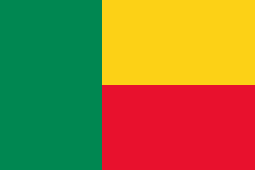 Benin
Benin
- Cotonou (Embassy)
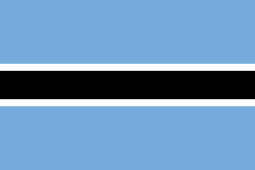 Botswana
Botswana
- Gaborone (Embassy)
 Burkina Faso
Burkina Faso
- Ouagadougou (Embassy)
 Burundi
Burundi
- Bujumbura (Embassy)
 Cameroon
Cameroon
- Yaoundé (Embassy)
 Cape Verde
Cape Verde
- Praia (Embassy)
 Central African Republic
Central African Republic
- Bangui (Embassy)
 Chad
Chad
- N'Djamena (Embassy)
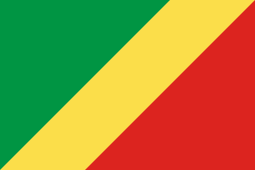 Republic of the Congo
Republic of the Congo
- Brazzaville (Embassy)
 Côte d'Ivoire
Côte d'Ivoire
- Abidjan (Embassy)
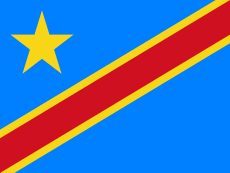 Democratic Republic of the Congo
Democratic Republic of the Congo
- Kinshasa (Embassy)
 Djibouti
Djibouti
- Djibouti (Embassy)
 Egypt
Egypt
- Cairo (Embassy)
- Alexandria (Consulate-General)
 Equatorial Guinea
Equatorial Guinea
 Eritrea
Eritrea
- Asmara (Embassy)
 Ethiopia
Ethiopia
- Addis Ababa (Embassy)
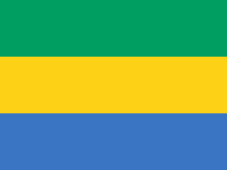 Gabon
Gabon
- Libreville (Embassy)
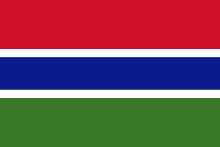 Gambia
Gambia
- Banjul (Embassy)
 Ghana
Ghana
- Accra (Embassy)
 Guinea
Guinea
- Conakry (Embassy)
 Guinea-Bissau
Guinea-Bissau
- Bissau (Liaison Office)
 Kenya
Kenya
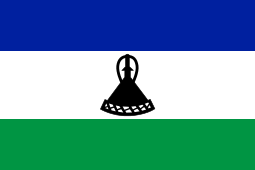 Lesotho
Lesotho
- Maseru (Embassy)
 Liberia
Liberia
- Monrovia (Embassy)
 Libya
Libya
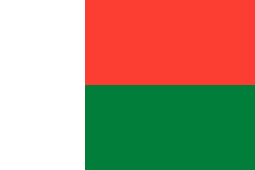 Madagascar
Madagascar
- Antananarivo (Embassy)
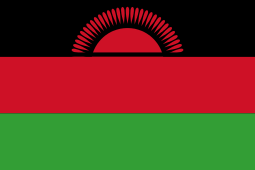 Malawi
Malawi
- Lilongwe (Embassy)
 Mali
Mali
- Bamako (Embassy)
 Mauritania
Mauritania
- Nouakchott (Embassy)
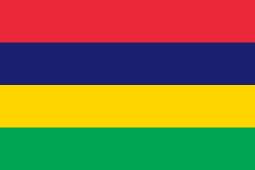 Mauritius
Mauritius
- Port Louis (Embassy)
 Morocco
Morocco
- Rabat (Embassy)
- Casablanca (Consulate General)
 Mozambique
Mozambique
- Maputo (Embassy)
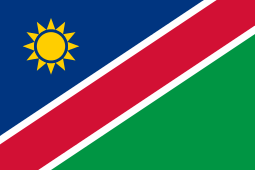 Namibia
Namibia
- Windhoek (Embassy)
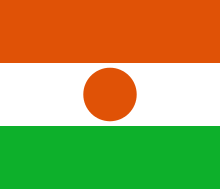 Niger
Niger
- Niamey (Embassy)
 Nigeria
Nigeria
 Rwanda
Rwanda
- Kigali (Embassy)
 Senegal
Senegal
- Dakar (Embassy)
 Sierra Leone
Sierra Leone
- Freetown (Embassy)
 South Africa
South Africa
- Pretoria (Embassy)
- Cape Town (Consulate General)
- Durban (Consulate General)
- Johannesburg (Consulate General)
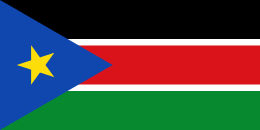 South Sudan
South Sudan
 Sudan
Sudan
- Khartoum (Embassy)
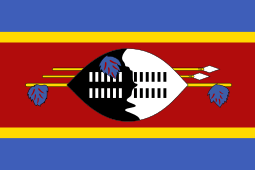 Swaziland
Swaziland
- Mbabane (Embassy)
 Tanzania
Tanzania
 Togo
Togo
- Lomé (Embassy)
 Tunisia
Tunisia
- Tunis (Embassy)
 Uganda
Uganda
- Kampala (Embassy)
 Zambia
Zambia
- Lusaka (Embassy)
 Zimbabwe
Zimbabwe
- Harare (Embassy)
Americas
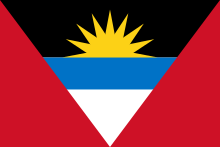 Antigua and Barbuda
Antigua and Barbuda
- St. John's (Consular Agency)
 Argentina
Argentina
- Buenos Aires (Embassy)
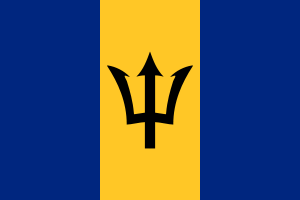 Barbados
Barbados
- Bridgetown (Embassy)
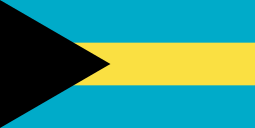 Bahamas
Bahamas
- Nassau (Embassy)
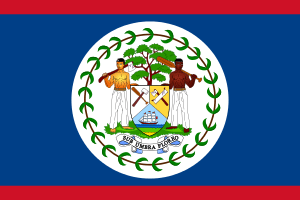 Belize
Belize
- Belmopan (Embassy)
 Bolivia
Bolivia
- La Paz (Embassy)
- Santa Cruz (Consular Agency)
 Brazil
Brazil
- Brasília (Embassy)
- Rio de Janeiro (Consulate General)
- São Paulo (Consulate General)
- Recife (Consulate)
- Belo Horizonte (American Presence Post)
- Fortaleza (Consular Agency)
- Manaus (Consular Agency)
- Porto Alegre (Consular Agency)
- Salvador (Consular Agency)
 Canada
Canada
 Chile
Chile
- Santiago (Embassy)
 Colombia
Colombia
- Bogotá (Embassy)
- Cartagena (Embassy Branch Office)
- Barranquilla (Consular Agency)
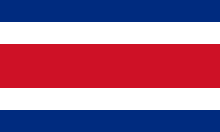 Costa Rica
Costa Rica
- San José (Embassy)
 Cuba
Cuba
- Havana (Embassy)
 Dominican Republic
Dominican Republic
- Santo Domingo (Embassy)
- Bávaro (Consular Agency)
- Puerto Plata (Consular Agency)
 Ecuador
Ecuador
 El Salvador
El Salvador
- San Salvador (Embassy)
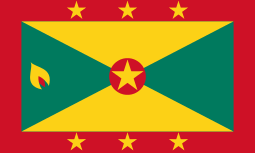 Grenada
Grenada
- St. George's (Embassy)
 Guatemala
Guatemala
- Guatemala City (Embassy)
 Guyana
Guyana
- Georgetown (Embassy)
 Haiti
Haiti
- Port-au-Prince (Embassy)
 Honduras
Honduras
- Tegucigalpa (Embassy)
- San Pedro Sula (Consular Agency)
 Jamaica
Jamaica
- Kingston (Embassy)
- Montego Bay (Consular Agency)
 Mexico
Mexico
- Mexico City (Embassy)
- Ciudad Juárez (Consulate General)
- Guadalajara (Consulate General)
- Hermosillo (Consulate General)
- Matamoros (Consulate General)
- Mérida (Consulate General)
- Monterrey (Consulate General)
- Nogales (Consulate General)
- Nuevo Laredo (Consulate General)
- Tijuana (Consulate General)
- Acapulco (Consular Agency)
- Cabo San Lucas (Consular Agency)
- Cancún (Consular Agency)
- Mazatlán (Consular Agency)
- Oaxaca (Consular Agency)
- Piedras Negras (Consular Agency)
- Playa del Carmen (Consular Agency)
- Puerto Vallarta (Consular Agency)
- San Miguel de Allende (Consular Agency)
 Nicaragua
Nicaragua
- Managua (Embassy)
 Panama
Panama
- Panama City (Embassy)
 Paraguay
Paraguay
- Asunción (Embassy)
 Peru
Peru
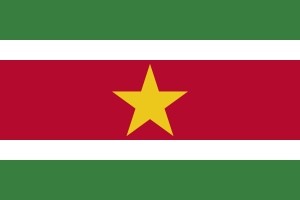 Suriname
Suriname
- Paramaribo (Embassy)
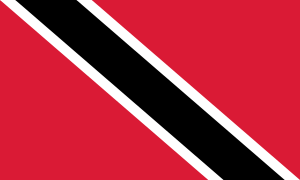 Trinidad and Tobago
Trinidad and Tobago
- Port of Spain (Embassy)
 Uruguay
Uruguay
- Montevideo (Embassy)
 Venezuela
Venezuela
Asia
 Afghanistan
Afghanistan
 Armenia
Armenia
 Azerbaijan
Azerbaijan
- Baku (Embassy)
 Bahrain
Bahrain
 Bangladesh
Bangladesh
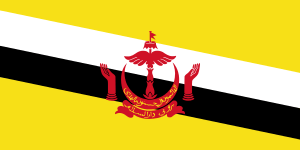 Brunei
Brunei
- Bandar Seri Begawan (Embassy)
 Cambodia
Cambodia
- Phnom Penh (Embassy)
 People's Republic of China
People's Republic of China
 Georgia
Georgia
 India
India
 Indonesia
Indonesia
 Iran
Iran
- Tehran (Interests Section in Swiss Embassy)
 Iraq
Iraq
 Israel
Israel
 Japan
Japan
 Jordan
Jordan
- Amman (Embassy)
 Kazakhstan
Kazakhstan
 Kuwait
Kuwait
- Kuwait City (Embassy)
 Kyrgyzstan
Kyrgyzstan
- Bishkek (Embassy)
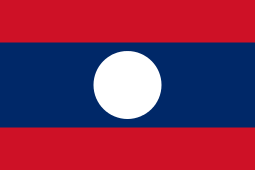 Laos
Laos
- Vientiane (Embassy)
 Lebanon
Lebanon
- Beirut (Embassy)
 Malaysia
Malaysia
- Kuala Lumpur (Embassy)
 Mongolia
Mongolia
 Myanmar
Myanmar
 Nepal
Nepal
- Kathmandu (Embassy)
 Oman
Oman
- Muscat (Embassy)
 Pakistan
Pakistan
 Philippines
Philippines
 Qatar
Qatar
- Doha (Embassy)
 Saudi Arabia
Saudi Arabia
 Singapore
Singapore
- Singapore (Embassy)
 South Korea
South Korea
 Sri Lanka
Sri Lanka
- Colombo (Embassy)
 Syria
Syria
 Taiwan[12]
Taiwan[12]
- Taipei (American Institute in Taiwan)
- Kaohsiung (American Institute in Taiwan—branch office)
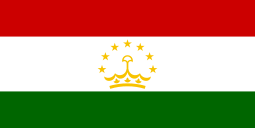 Tajikistan
Tajikistan
- Dushanbe (Embassy)
 Thailand
Thailand
- Bangkok (Embassy)
- Chiang Mai (Consulate General)
 Timor-Leste
Timor-Leste
- Dili (Embassy)
 Turkey
Turkey
- Ankara (Embassy)
- Istanbul (Consulate General)
- Adana (Consulate)
- Izmir (Consular Agency)
 Turkmenistan
Turkmenistan
- Ashgabat (Embassy)
 United Arab Emirates
United Arab Emirates
 Uzbekistan
Uzbekistan
- Tashkent (Embassy)
 Vietnam
Vietnam
- Hanoi (Embassy)
- Ho Chi Minh City (Consulate General)
 Yemen
Yemen
Europe
 Albania
Albania
 Austria
Austria
 Belarus
Belarus
- Minsk (Embassy)
.svg.png) Belgium
Belgium
- Brussels (Embassy)
 Bosnia and Herzegovina
Bosnia and Herzegovina
- Sarajevo (Embassy)
- Banja Luka (Embassy Branch Office)
- Mostar (Embassy Branch Office)
 Bulgaria
Bulgaria
- Sofia (Embassy)
 Croatia
Croatia
- Zagreb (Embassy)
 Cyprus[14]
Cyprus[14]
- Nicosia (Embassy)
 Czech Republic
Czech Republic
 Denmark
Denmark
 Estonia
Estonia
 Finland
Finland
- Helsinki (Embassy)
 France
France
- Paris (Embassy)
- Marseille (Consulate General)
- Strasbourg (Consulate General)
- Bordeaux (American Presence Post)
- Lyon (American Presence Post)
- Rennes (American Presence Post)
- Toulouse (American Presence Post)
- Fort-de-France, Martinique (Consular Agency)
- Tahiti, French Polynesia (Consular Agency)
 Germany
Germany
- Berlin (Embassy)
- Bremen (Consular Agency)
- Düsseldorf (Consulate General)
- Frankfurt (Consulate General)
- Hamburg (Consulate General)
- Leipzig (Consulate General)
- Munich (Consulate General)
 Greece
Greece
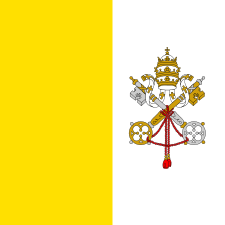 Holy See
Holy See
 Hungary
Hungary
- Budapest (Embassy)
 Iceland
Iceland
- Reykjavík (Embassy)
 Ireland
Ireland
 Italy
Italy
- Rome (Embassy)
- Florence (Consulate General)
- Milan (Consulate General)
- Naples (Consulate General)
- Genoa (Consular Agency)
- Palermo (Consular Agency)
- Venice (Consular Agency)
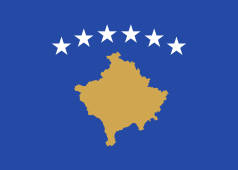 Kosovo
Kosovo
- Pristina (Embassy)
 Latvia
Latvia
- Riga (Embassy)
 Lithuania
Lithuania
- Vilnius (Embassy)
 Luxembourg
Luxembourg
- Luxembourg (Embassy)
 Macedonia
Macedonia
- Skopje (Embassy)
 Malta
Malta
- Ta' Qali (Embassy)
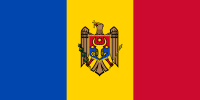 Moldova
Moldova
 Montenegro
Montenegro
- Podgorica (Embassy)
 Netherlands
Netherlands
- The Hague (Embassy)
- Amsterdam (Consulate General)
- Willemstad, Curaçao (Consulate General)
 Norway
Norway
 Poland
Poland
 Portugal
Portugal
- Lisbon (Embassy)
- Ponta Delgada (Consulate)
 Romania
Romania
- Bucharest (Embassy)
 Russia
Russia
- Moscow (Embassy)
- Saint Petersburg (Consulate General)
- Vladivostok (Consulate General)
- Yekaterinburg (Consulate General)
 Serbia
Serbia
- Belgrade (Embassy)
 Slovakia
Slovakia
- Bratislava (Embassy)
 Slovenia
Slovenia
- Ljubljana (Embassy)
 Spain
Spain
- Madrid (Embassy)
- Barcelona (Consulate General)
- Las Palmas (Consular Agency)
- Málaga (Consular Agency)
- Palma de Mallorca (Consular Agency)
- Seville (Consular Agency)
- Valencia (Consular Agency)
 Sweden
Sweden
- Stockholm (Embassy)
 Switzerland
Switzerland
 Ukraine
Ukraine
 United Kingdom
United Kingdom
Oceania
 Australia
Australia
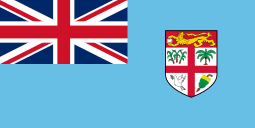 Fiji
Fiji
- Suva (Embassy)
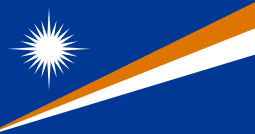 Marshall Islands
Marshall Islands
- Majuro (Embassy)
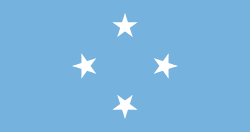 Federated States of Micronesia
Federated States of Micronesia
- Kolonia (Embassy)
 New Zealand
New Zealand
- Wellington (Embassy)
- Auckland (Consulate General)
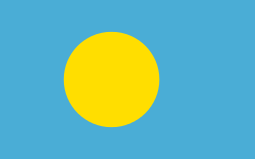 Palau
Palau
- Koror (Embassy)
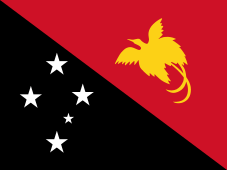 Papua New Guinea
Papua New Guinea
- Port Moresby (Embassy)
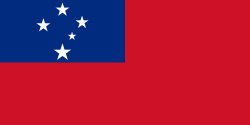 Samoa
Samoa
- Apia (Embassy)
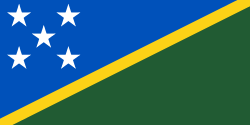 Solomon Islands
Solomon Islands
- Honiara (Consular Agency)
International organizations
- Addis Ababa (Delegation to the African Union)
- Brussels (Delegations to the European Union)
- Geneva (Delegations to several International Organizations)
- Jakarta (Delegation to the Association of Southeast Asian Nations)
- Manila (Delegation to the Asian Development Bank)
- Montréal (Delegation to the International Civil Aviation Organization)
- New York City (Delegation to the United Nations)
- Paris (Delegations to the Organisation for Economic Co-operation and Development and UNESCO)
- Rome (Delegation to the Food and Agriculture Organization)
- Vienna (Delegations to the United Nations and Organization for Security and Co-operation in Europe)
- Washington, D.C. (Delegation to the Organization of American States)
See also
- History of United States diplomatic relations by country
- Ambassadors of the United States
- United States Foreign Service
- Terrorist attacks on U.S. diplomatic facilities
- List of diplomatic missions in the United States
Notes
- ↑ Effective February 6, 2012, the Embassy suspended operations and closed for normal consular services. Since March 1, 2013, a US Interests Section operates via the Government of the Czech Republic through its embassy in Damascus. Only emergency services for U.S. citizens are available. Neither U.S. passports nor visas to the United States can be issued in Damascus.
- ↑ The US embassy to the Holy See is located outside Vatican territory in Rome.
References
- ↑ Morocco Country Study Guide. Washington, DC: International Business Publications, USA. April 1, 2006. p. 94. Retrieved 17 August 2014.
- ↑ Speeches and editorials 2007 – U.S. Embassy The Hague, Netherlands Archived June 12, 2007, at the Wayback Machine.
- ↑ Memory of the Netherlands – Background – The involvement of the Dutch in the American War of Independence
- ↑ "The Adams Timeline". The Massachusetts Historical Society. Retrieved 2012-10-25.
- ↑ The John Adams Institute, American culture and literature, Lectures(archive)
- ↑ US embassy report on Dutch-American Friendship Day. (archive)
- ↑ United States Department of State, Timeline of U.S. Diplomatic History, 1775–1783 Diplomacy and the American Revolution. Accessed 29 August 2008.
- 1 2 Loeffler, Jane C. (1998). Architecture of Diplomacy: Building America. Princeton Architectural Press. p. 13.
- ↑ "Confederate States of America records, 1854–1889". Library of Congress. Retrieved 2012-10-25.
- ↑ United States Department of State, Websites of U.S. Embassies, Consulates, and Diplomatic Missions. Accessed 29 August 2008.
- ↑ "Travel Warning - Libya". Embassy of the United States Tripoli Libya. United States Department of State. September 16, 2015.
- ↑ The United States does not recognize Taiwan.
- ↑ http://travel.state.gov/content/passports/english/alertswarnings/yemen-travel-warning.html
- ↑ The United States doesn't recognize Northern Cyprus, but has an embassy in North Nicosia.
External links
| Wikimedia Commons has media related to |

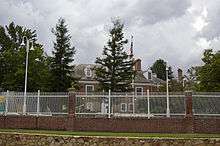



.jpg)






